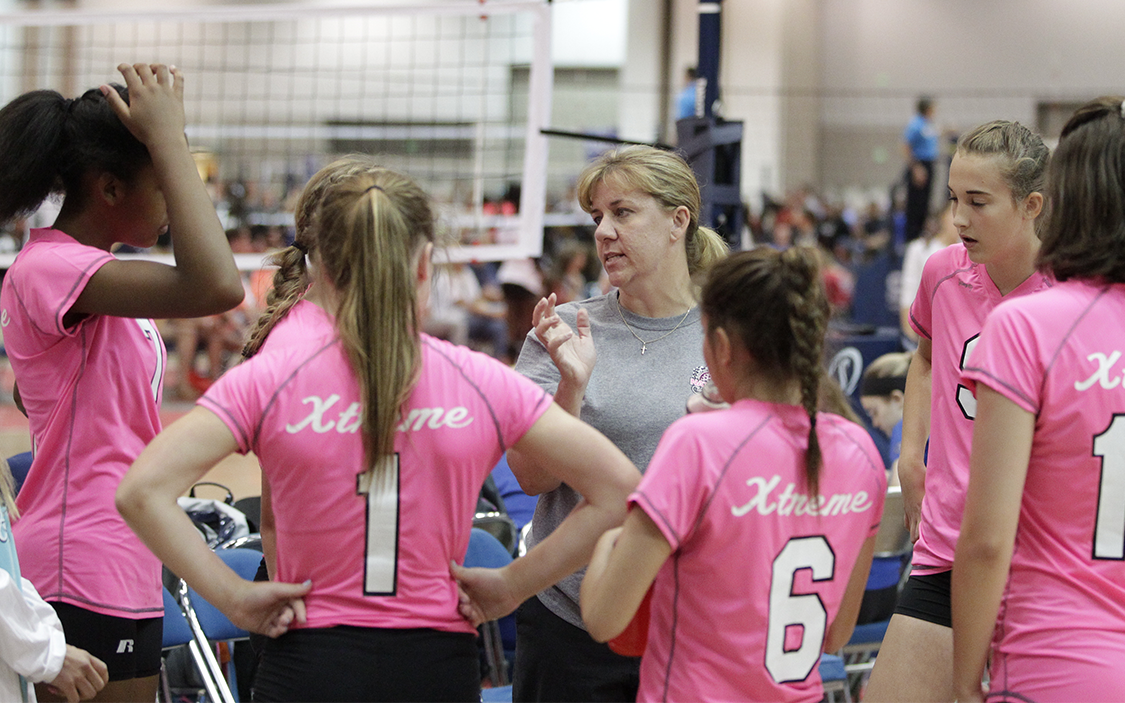
The importance in winning the learning competition is paramount. For more than a decade in this blog, I have used titles like “STOP Teaching [Blank]” as a way to get coaches to think about change. Some coaches think I am calling for an absolute ban on whatever I am observing, so I started using the word “limit” to help others really ponder the intent of the message. In the end, it's about efficiency and effectiveness in learning.
When drills are the primary source of learning, players aren’t actually learning how to play volleyball. More effective learning takes place in the chaos/randomness of practice and games as the brain is forced to exit the groove of expectation and problem-solve in novel situations. It comes down to putting the constraints in various ways in small-sided games like doubles, then moving toward the 6x6 game. Remember, contacting the ball is how we develop motor skills, not watching someone contact it.
Please consider this quote from one of the greatest tennis players of all time, Rafael Nadal:
“You might think that after millions and millions of balls I’ve hit… reliably hitting a true, smooth clean shot every time would be a piece of cake. But it isn’t. Not just because every day you wake up feeling differently, but because every shot is different. Every single one. From the moment the ball is in motion, it comes at you at an infinitesimal [sic] number of angles and speeds, with more topspin, or back spin, or flatter or higher. The differences might be minute, microscopic, but so are the variations your body makes – shoulders, elbows, wrists, hips, angles, knees – in every shot. And there are so many other factors – the weather, the surface, the rival. No ball arrives the same as another. No shot is identical.”
Volleyball is perhaps the most random sport in the world. Not only are we playing with 11 other players on a small space, but we rebound the ball off our imperfect bodies, not a specially manufactured device like in golf or tennis Each contact is unique and requires proper reading of the game action prior to contact to be in the right place at the right time for success. Effective and efficient learning includes the chance to forget and re-remember, not to be drilled into a repetition nightmare.
When we fail to use the net while learning, we again are learning less effectively. Training on the same side may look better, but it removes the visual stimuli that is always present in a match and prevents us from experiencing volleyball in reality. Learning with the net is learning most efficiently.
When I watch X Games competitors perform a variety of tricks, I know that they've learned them all without a single drill and essentially without a coach, I and admire their creativity and tenacity. When I study box lacrosse and pond ice hockey in Canada, the players learned in small-sided games from the game itself. During next year’s Olympic Games, you will see 3x3 basketball and rugby sevens (not the 13- or 15-player variant). Doubles and even triples volleyball are the most effective and efficient way to learn our sport as long as time is then allowed to play the 6x6 game with all the tactics, systems and options. I will be moving more to these smaller-sided games for training in both indoor and outdoor, and share this quote from U.S. Women’s National Team Head Coach Karch Kiraly as to why:
“The beach game taught me great lessons about how to elevate the play of my teammate, or teammates, and how to anticipate and expect the ball so much more than the indoor game ever could. It taught me — even forced me — to be a much better all-around player. That allowed me to help our USA Olympic Team in many more ways than I ever could have otherwise."
